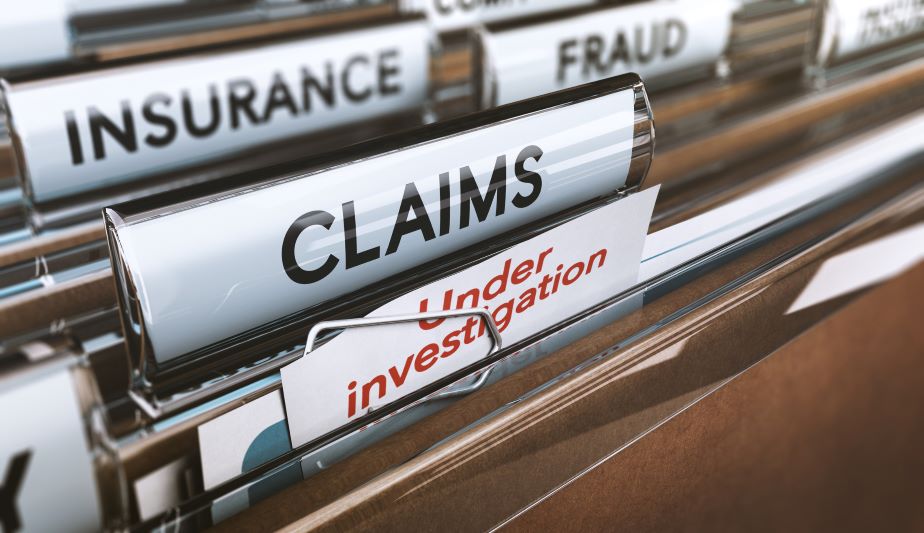Insurers can deny entire claim for fraud, not just the fraudulent part, court affirms

If an auto insurance claimant fraudulently applies for accident benefits payments arising out of a crash, the insurer can deny the entire auto claim, not just the fraudulent part of the claim, the Alberta Court of Appeal has confirmed.
In Abbas v. Esurance Insurance Company of Canada, Ali Alrida Abbas suffered life-altering injuries in a collision while travelling as a passenger in a vehicle driven by an uninsured motorist. Under Alberta’s Insurance Act, the injured claimant’s insurance company steps into the shoes of the uninsured motorist and pays SEF No. 44 benefits. Abbas admitted to faking he was employed, so he could collect Section B SPF No. 1 no-fault benefits, which include employment income replacement benefits.
The insurer, Esurance, denied Abbas’s entire claim. The insurer said his admission of fraud negated the whole insurance contract, including both the Section B and SEF No. 44 claims. Abbas disagreed, saying the fraud only related to the Section B claim, and he should have been entitled to the SEF 44 claim.
Alberta’s Appeal Court decision was unequivocal. If you lie on any part of the insurance claim, the whole claim can be denied.
“Section 554(1) of the Insurance Act relieves the insurer of the obligation to provide the insured with SEF No. 44 benefits,” a unanimous three-judge panel for the Appeal Court wrote in a decision released last Monday. There are two reasons for this conclusion.
“First, the insured’s lie in his proof of loss for Section B benefits and in his statements to the Section B adjuster constituted a fraud under section 554(1)(b) and wilful false statements under section 554(1)(c). They were material with respect to the Section B claim.
“Second, the insured’s claims for Section B and SEF No. 44 benefits constitute ‘a claim’ under section 554(1) because they both arise from the same event – the automobile accident caused by the uninsured motorist – and are made under the same insurance contract. An insured who files a fraudulent proof of loss under that circumstance is not entitled to a single dime from the insurer.”
The Appeal Court’s decision upheld a Court of King’s Bench decision that overturned a preliminary finding by a master. The master found the lies committed to obtain Section B benefits were not material to the SEF No. 44 claim.
Abbas’s insurance contract with Esurance Insurance Company of Canada contained an Alberta standard policy form No. 1 and a standard endorsement form No. 44. Abbas filed a claim with Esurance, a claim for Section B SPF No. 1 and SEF No. 44 benefits.
Section B catalogues the no-fault benefits available to an insured who has suffered injuries in an automobile accident, including a modest employment income replacement payment.
SEF No. 44 coverage assists a person who is injured in an automobile accident caused by an uninsured or inadequately insured driver, by requiring the insurer step into the shoes of the uninsured driver and provide a stipulated amount.
Abbas “admitted that he lied in the form that he filed to support his application for Section B benefits,” the Alberta Court of Appeal ruled. “He stated that he was employed for a specific period of time when he was not. He also admitted that he lied to the adjuster and provided a false employer’s certificate and hiring letter in support of his Section B benefits claim.”
Esurance denied his claims for both Section B and SEF No. 44 benefits. The insurer maintained the insured’s false statements in support of his Section B benefits claim forfeited his right to recover SEF No. 44 benefits. Abbas sued the insurer for SEF No. 44 benefits.
The master found it would have been ‘patently unfair’ to the insured to deprive him of SEF No. 44 benefits when the subject matter of the fraud was entirely unrelated to the eligibility criteria for SEF No. 44 benefits. The lower court overturned the master’s decision, and the Court of Appeal agreed, saying the rules against insurance fraud are designed to be draconian to deter making false claims.
“The evolved consensus of the common law to the present time sends an unequivocal message to would-be-insured fraudsters – any false statement in a proof of loss will deprive an insured of all benefits linked to the same loss-causing events claimed under the same insurance policy, including those benefits not tainted by the false statement,” the court ruled. “This is a draconian doctrine, but it needs to be. Nothing less will have the desired effect.”
Feature photo courtesy of iStock.com/Olivier Le Moal







